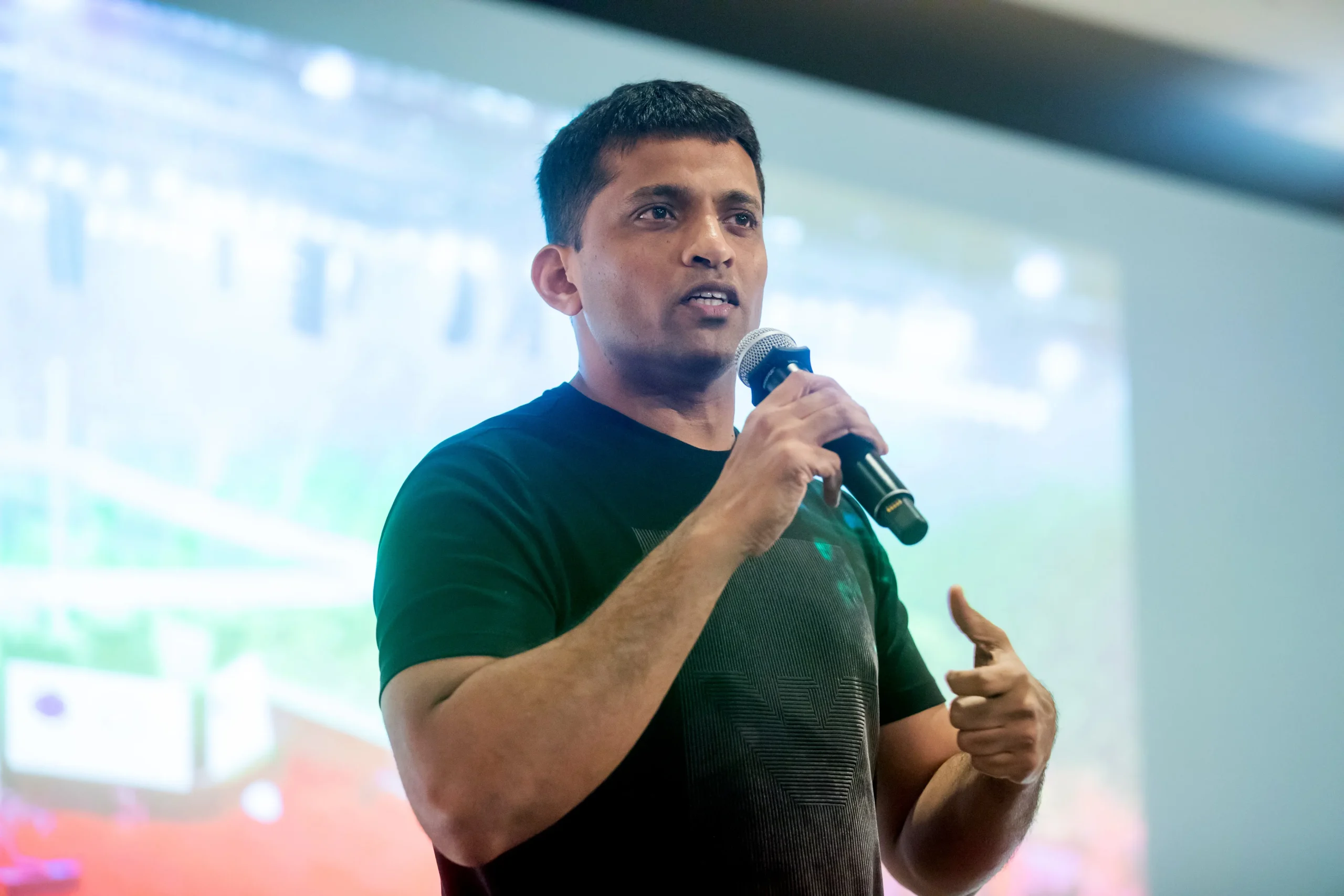Alessandra
-

Lucid CEO Defends $1.75 Billion Capital Raise After Stock Plunge
Lucid CEO Peter Rawlinson clarified that Wall Street misunderstood the company’s recent $1.75 billion capital raise, a move that led to a significant drop in Lucid’s stock price last Thursday. The offering involved the sale…
-

Byju’s Once Valued at $22 Billion, Now Worth Nothing Says Founder
Byju Raveendran, founder of the edtech giant Byju’s, disclosed on Thursday that his company, once valued at $22 billion, has now effectively become “worth zero.” He attributed the downfall to a series of mistakes, including…
-

Alan raises $193M in Series F funding to hit $4.5B valuation
French health insurance startup Alan has raised €173 million (approximately $193 million) in a Series F funding round led by Belfius, one of Belgium’s largest banks. The deal, which also includes a distribution partnership, pushes…
-

Indian Startup Oyo Buys Motel 6 for $525 Million
Oyo, one of India’s largest startups, has agreed to purchase G6 Hospitality, the operator of Motel 6, for $525 million in an all-cash transaction. The deal, which also includes G6’s Studio 6 extended stay brand,…
-

AI Startup 11x.ai Raises $24M Series A to Revolutionize Process Automation
11x.ai, a startup focused on automating workflows through AI bots, has raised $24 million in a Series A funding round led by Benchmark. The company, which specializes in creating “automated digital workers,” aims to replace…
